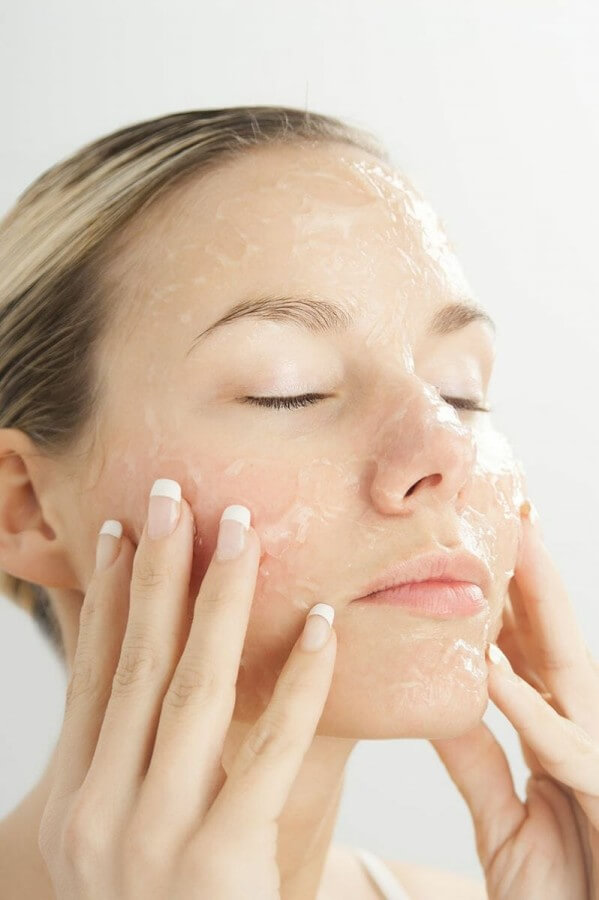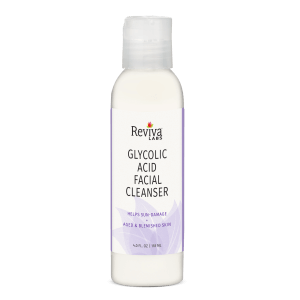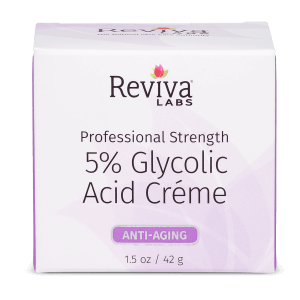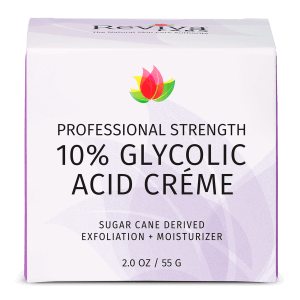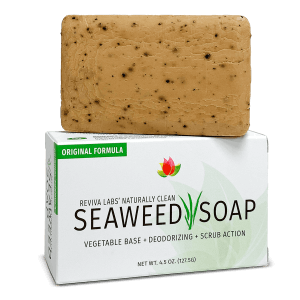-
×
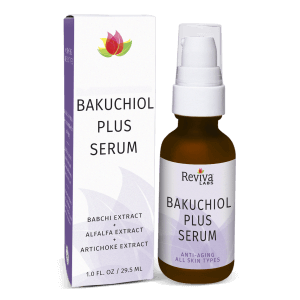 Bakuchiol Plus Serum
1 × $32.00
Bakuchiol Plus Serum
1 × $32.00
Skin Care
What is exfoliation, and why is it important?
Our skin is composed of the epidermis (the layer we can see), and the dermis (the inner layer), as well as a protective layer of fat underneath the dermis. The epidermis is made up of layers of cells, which are constantly dividing to form new cells. As new cells form, they move up toward the outer surface of the epidermis, eventually flattening out and “dying” as they reach the topmost outer layer of the skin. These cells are eventually shed from the skin.
Exfoliation of the skin simply refers to the removal of these dead skin cells on the top layer of your skin.
Why is exfoliation important for our skin?
As we age, our skin regenerates more slowly, meaning that our skin isn’t shedding those dead skin cells as quickly as it once did. These dead cells can accumulate, potentially clogging pores, and certainly causing skin to look dull and dry.
Exfoliating serves two purposes
First, exfoliation removes the dull, dry, rough layer of dead skin cells, revealing the healthier, brighter skin below. Second, exfoliation allows skin care products to penetrate deeper into the skin, improving their effectiveness. By removing the barrier of dead cells, moisturizers, peptides, and other ingredients are able to reach the newer cells, where they can do the most good.
How to exfoliate
There are two types of exfoliation: mechanical and chemical.
Mechanical Exfoliation
Mechanical exfoliation is achieved using friction to remove the dead skin cells. Either a tool (a sponge or a brush), and/or some type of abrasive material (oatmeal, crushed almonds, rice bran, etc.) is used to actually “rub” the dead skin cells away. While this is a popular exfoliation method, it’s important to note that excessive abrasion can actually harm the skin. Whatever tool or material you use to exfoliate should not cause any discomfort (beyond, perhaps, a mild tingling sensation), nor should it cause excessive redness.
Chemical Exfoliation
Chemical Exfoliation is achieved through products containing ingredients like alpha hydroxy acids (AHA), and beta hydroxy acids (BHA). AHAs commonly used in skin care are glycolic acid, lactic acid, and citric acid. BHA is seen as salicylic acid in skin care. AHAs penetrate the topmost layer of your skin, dissolving the dead skin cells and promoting regeneration of the new skin cells. BHAs work in almost exactly the same way, but are able to penetrate into the pores themselves, making them especially good for people with oily or breakout-prone skin.
What is the best way to exfoliate?
Exfoliation, as with most other skin care, should be personalized based on your skin type. There are many products available for both mechanical and chemical exfoliation, and through trial and error, or a consultation with a skin care professional, you will be able to find an exfoliant that works well for you.
Things to remember about exfoliation
Don’t overdo it.
One of the most common exfoliation mistakes is to exfoliate too often. Follow the instructions on any products you use. For most skin types, exfoliating once per week is the general rule.
Red is for lipstick, not for your skin
If your skin becomes red or irritated, it’s time to find a new method. You’re either scrubbing too vigorously, or using a product that irritates your skin.
Don’t forget your body
Exfoliating your face is important, but don’t neglect the rest of your body. There are plenty of scrubs designed specifically for the body, and for many, a plain loofah does the trick.
Professional treatments are available
If you aren’t getting the results you expect by exfoliating on your own, it may be time to try going to a dermatologist’s office or a medical spa. Professional treatments such as chemical peels and/or microdermabrasion can provide great results, though they can’t be done as frequently as most of the “at-home” treatments. Reviva Labs offers several exfoliation options, including our very popular Light Skin Peel, which introduced the concept of exfoliation to America in 1973.



